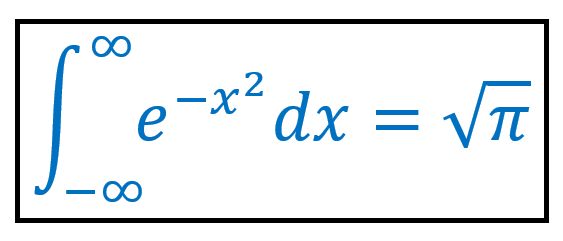Post by this author


Cascadia Code Font

RichEdit Font Binding

Switching from LaTeX to UnicodeMath Input Mode

RichEdit HTML Support

Cool Windows Math Hot Key

Math Accessibility Trees

Some UnicodeMath Enhancements


 Light
Light Dark
Dark